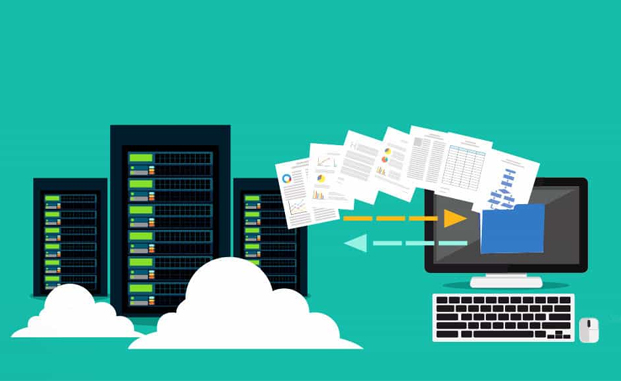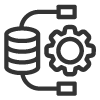Browse Talents
- Top Talents
-
Popular Talent
- PHP Developers
- Javascript Developer
- Android Developers
- WordPress Developer
- Java Developers
- Python Developers
- Shopify Developer
- Flutter Developers
- Landing Page
- React Developers
- iOS Developers
- Magento Developers
- Nodejs Developers
- Web Designers
- HTML5/CSS Developers
- API Integration
- Blockchain Developers
- Kotlin App Developers
-
-
Popular Talent
- Logo Design
- Adobe Illustrator Designers
- Book Cover designers
- Poster Designer
- Mobile UI designers
- Flyer Designers
- 3D Designers
- Business Card Designers
- Brochure Designers
- Infographic designers
- T-shirt Designers
- Adobe After Effects Designers
- Packaging Designer
- Animator
- Photo Editor
- Banner Designers
- Youtube Intro Makers
-
-
Popular Talent
- Search Engine Optimization
- Social Media Marketing
- Digital Marketers
- Google Ads Expert
- Content Marketer
- Email Marketing Experts
- PPC Advertising specialists
- Youtube Marketer
- Business Analysts
- Affiliate Marketing Experts
- Campaign Managers
- Lead Generation Experts
- Twitter Marketing Expert
- Telemarketing Experts
- Instagram Expert Marketers
- Facebook Marketing Experts
- Pinterest Experts
- Customer Service Expert
-
- Top Talents
- Programming & Tech
- PHP Developers
- Javascript Developer
- Android Developers
- WordPress Developer
- Java Developers
- Python Developers
- Shopify Developer
- Flutter Developers
- Landing Page
- React Developers
- iOS Developers
- Magento Developers
- Nodejs Developers
- Web Designers
- HTML5/CSS Developers
- API Integration
- Blockchain Developers
- Kotlin App Developers
- Graphic & Design
- Logo Design
- Adobe Illustrator Designers
- Book Cover designers
- Poster Designer
- Mobile UI designers
- Flyer Designers
- 3D Designers
- Business Card Designers
- Brochure Designers
- Infographic designers
- T-shirt Designers
- Adobe After Effects Designers
- Packaging Designer
- Animator
- Photo Editor
- Banner Designers
- Youtube Intro Makers
- Writing & Translation
- Sales & MarketingSales & Marketing
- Search Engine Optimization
- Social Media Marketing
- Digital Marketers
- Google Ads Expert
- Content Marketer
- Email Marketing Experts
- PPC Advertising specialists
- Youtube Marketer
- Business Analysts
- Affiliate Marketing Experts
- Campaign Managers
- Lead Generation Experts
- Twitter Marketing Expert
- Telemarketing Experts
- Instagram Expert Marketers
- Facebook Marketing Experts
- Pinterest Experts
- Customer Service Expert
- Finance & Accounting
- HR & Training





















